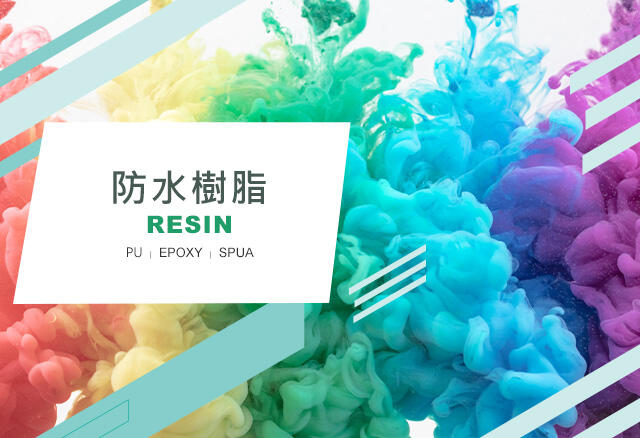Conductive/Antistatic Epoxy Resin
Conductive epoxy resin primer is made of special conductive materials and additives to form a circuit network in high molecular polymer. With epoxy resin conductive topcoat to provide the interface between the resin and the substrate, it has a conductive function and effectively discharges static electricity.
Antistatic epoxy top coat uses electrons to form a circuit network in the polymer through conductive particles to provide electrical conductivity to the resin. The cured coating has a lower impedance and the main features are excellent surface gloss and easy to use. It is suitable for dissipating or defensive effect of electric charges on floor materials. It is a solvent-free antistatic coating for filling and adhering.
Applications
- Electrical and electronic industry applications.
- Conductive antistatic floor.
- Adhesion of conductive topcoat and substrate.
- Ground floor flow spreading paint.
Features
- Good conductivity.
- Surface antistatic effect.
- Dissipation or defensive effect of electric charge.
Painting Direction
- Roll coating, brush coating.
Notice Under Installation
- The amount of conductive primer should not exceed 0.2kg/m2.
- Avoid oil stains, sand, moisture or dust on the surface of the substrate. If the middle coat is old or is too smooth, it must be polished first.
- Stir evenly before taking out the main agent.
- Apply immediately after mixing and stirring. If the standing time is too long (more than 10min), it needs to be stirred evenly again.
- The application process must be stirred at the same time to avoid precipitation.
- After the primer coating is completed, the conductivity value must be checked the next day before the follow-up work such as the top coating.
- The copper foil should be pasted on the lower layer of the conductive primer to avoid insufficient adhesion with the conductive primer, which may cause the solvent contained in the topcoat to penetrate into the copper foil back glue and cause poor adhesion.
- The materials should be fully mixed evenly according to the correct ratio, and avoid the heat accumulation reaction caused by the mixed materials being placed in the barrel for too long.
- The materials must be used up within the reaction time during painting. They must not be used if there is gelation, and new materials should be used.
- The product should be stored in a cool, dry place and avoid direct sunlight.
- In rainy, humid climate or when the relative humidity of the weather is above 85﹪RH, the painting should be avoided.
- After painting, avoid direct scouring by rain to avoid affecting physical properties.
Dosage
Follow the manufacturer's suggestion.
Please contact us:
Email: jfchem@johnson-fine.com
Phone:+886-4-23502588




